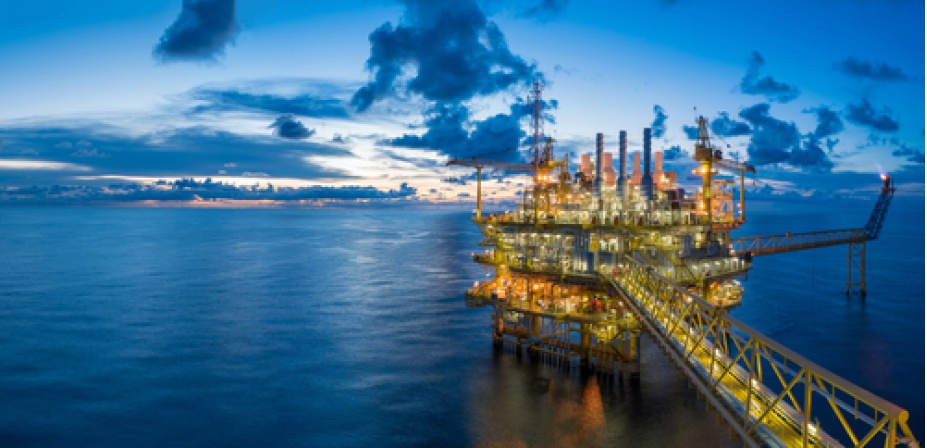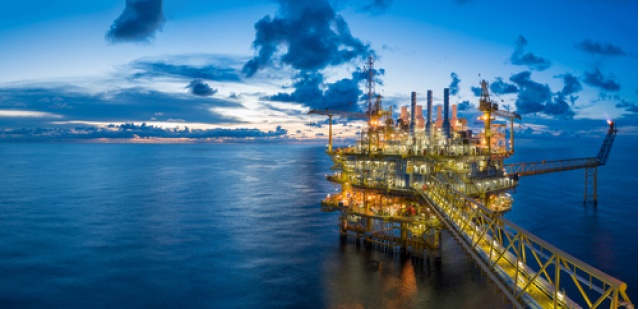

Component failure in the Oil and Gas Industry can have truly disastrous consequences. Elastomer seals are designed to provide a barrier between your process and the environment, but if sealing failures occur, the potential outcomes could endanger lives as well as impacting operational efficiency.
Leakage occurs when a seal has been compromised, leading to unscheduled maintenance and downtime if more serious problems are to be avoided. The process of identifying when a seal is vulnerable to a particular seal failure mode is critical to keeping applications running smoothly, and safeguarding products, employees and consumers.
Rapid Gas Decompression (RGD), often referred to as Explosive Decompression (ED), is one of the most common failure mode concerns that affect seals in oil and gas applications.
What is Rapid Gas Decompression?
Rapid Gas Decompression is a failure mechanism of elastomer seals which can occur during rapid decompression of gaseous media. When elastomer seals are exposed to high-pressure gas at elevated temperatures for a prolonged period of time, the gas absorbs into the polymer compound.
When the external pressure is reduced rapidly, the gas dissolved within the material comes out of solution to form micro bubbles. As the gas expands, it will permeate out of the material.
However, if the rate of decompression is high, the trapped gas within the seal expands beyond the material’s ability to contain the gas bubbles, causing fissuring and resulting in seal failure.
Identifying components affected by RGD
If you suspect leakage in an assembly, visual inspection is the best method for determining whether RGD may have occurred in your application.
There are two tell-tale signs that would suggest RGD has occurred. In your inspection, you should be looking out for:
- The component exhibits cracking or splitting on the surface
- The component appearing blistered with bubbles

If leaking is still occurring but there are no physical signs of RGD damage on the seal surfaces then the root cause of failure is not likely to be RGD. If it is worth understanding if RGD has occurred, then the O-ring or component can be cut into sections to examine the cut faces for signs of cracking.
As RGD damage starts inside the body of the seal, there are often cases where splits and cracks appear on the inside but do not propagate to the outside. If these cracks are sizeable enough, they can also contribute to a drop in overall sealing force.
Mitigating RGD
Identifying the conditions and circumstances that lead to damage caused by RGD can help significantly in preventing elastomer failures from happening.
There are a number of elements that could contribute to the RGD failure of an elastomer sealing component. These include:
- Type of gas composition (chemistry and percentage)
- Operating pressure, depressuriation rate and pressure cycling
- Operating temperature, and temperature cycling
- Physical dimensions of the seal
- Percentage compression and stresses applied to the seal
Application Engineers at PPE can perform an assessment of your application, along with the performance and seal lifetime you expect from your assembly. PPE Application Engineers can also conduct detailed FEA simulation, creating an accurate model of the stresses faced by your seals while in use.
Using this information, the optimal sealing material and seal profile can be determined in order to keep RGD risk to a minimum.
Are you making the right material choice for RGD-resilience?
Aside from minimizing the decompression rate and temperature, and following design best practices, the best option for RGD prevention is in the elastomeric materials used for your sealing components.
Material scientists at PPE have developed a suite of material grades which have been certified as RGD-resistant by a wide range of industrial bodies, including NORSOK, TOTAL, NACE, and ISO 10423. PPE can also conduct testing at customized parameters which more closely match actual service conditions – ensuring the highest possible level of confidence that a PPE seal will perform satisfactorily in a particular application.
RGD-resistant qualities have been introduced across rubber types including HNBR, FEPM, FFKM and FKM – ensuring a suitable sealing solution for any oil and gas application.
Ask for a free sealing consultation, and identify the sealing material which will provide optimal RGD-resistance for the unique conditions of your application.